Dioctyl terephthalate
Synonym(s):Bis(2-ethylhexyl) terephthalate;Dioctyl terephthalate
- CAS NO.:6422-86-2
- Empirical Formula: C24H38O4
- Molecular Weight: 390.56
- MDL number: MFCD00072256
- EINECS: 229-176-9
- SAFETY DATA SHEET (SDS)
- Update Date: 2025-12-17 09:50:42

What is Dioctyl terephthalate?
Chemical properties
Clear colorless liquid
The Uses of Dioctyl terephthalate
It is used primarily as a plasticizer for polyvinyl chloride and other polymers.
The Uses of Dioctyl terephthalate
DOTP can form a composite blend with polyaniline (PANI)-ethyene dimethacrylate (EDMA), which can be used in the fabrication of conductive films. It may also be used as a plasticizer with polyvinyl chloride (PVC) to form solutions for artificial intravessel plaque.
Production Methods
DEHT is manufactured by the esterification of terephthalic acid and 2-ethylhexanol.
General Description
Dioctyl terephthalate (DOTP) is a plasticizer that can be prepared by alcoholysis of polyethylene terephthalate (PET) with isooctyl alcohol.
Toxicology
Dioctyl terephthalate is not classified as dangerous and can be expected to remain stable under normal storage and usage conditions. Dioctyl terephthalate should be handled in accordance with industry practices. Appropriate precautions including engineering controls and personal protective equipment should be observed.
Description
Dioctyl terephthalate, also known as DOTP, is used as a plasticizer in the production of PVC and other copolymers. It is the ester of terephthalic acid and 2-ethylhexanol. It is a clear, colourless liquid with a slight odour, which is insoluble in water. DOTP can be used as a direct replacement for DOP and DINP in a range of applications due to its thermal resistance, excellent durability and transparency. It is used in a variety of processes such as calendering, extrusion and injection molding.
Carcinogenicity
The carcinogenic potential of DEHT was evaluated in a 2-year study in which male and female rats were given diets containing 1500, 6000, or 12,000 ppm. There was no effect on tumor incidence, and therefore, the NOEL for tumorigenicity was at least 12,000 ppm (equivalent to 666 mg/kg/day in males and 901 mg/kg/day in females).
Properties of Dioctyl terephthalate
| Melting point: | -48 °C |
| Boiling point: | 400 °C (lit.) |
| Density | 0.986 g/mL at 25 °C (lit.) |
| vapor pressure | 1 mm Hg ( 217 °C) |
| refractive index | n |
| Flash point: | 230 °F |
| storage temp. | 2-8°C |
| solubility | Aqueous Base (Slightly) |
| form | Liquid |
| color | Clear colorless |
| Water Solubility | insoluble |
| Stability: | Hygroscopic |
| CAS DataBase Reference | 6422-86-2(CAS DataBase Reference) |
| EPA Substance Registry System | Bis(2-ethylhexyl) terephthalate (6422-86-2) |
Safety information for Dioctyl terephthalate
| Signal word | Warning |
| Pictogram(s) |
 Exclamation Mark Irritant GHS07 |
| GHS Hazard Statements |
H302:Acute toxicity,oral H315:Skin corrosion/irritation H319:Serious eye damage/eye irritation H335:Specific target organ toxicity, single exposure;Respiratory tract irritation |
| Precautionary Statement Codes |
P261:Avoid breathing dust/fume/gas/mist/vapours/spray. P264:Wash hands thoroughly after handling. P264:Wash skin thouroughly after handling. P270:Do not eat, drink or smoke when using this product. P271:Use only outdoors or in a well-ventilated area. P280:Wear protective gloves/protective clothing/eye protection/face protection. P330:Rinse mouth. P362:Take off contaminated clothing and wash before reuse. P301+P312:IF SWALLOWED: call a POISON CENTER or doctor/physician IF you feel unwell. P302+P352:IF ON SKIN: wash with plenty of soap and water. P304+P340:IF INHALED: Remove victim to fresh air and Keep at rest in a position comfortable for breathing. P305+P351+P338:IF IN EYES: Rinse cautiously with water for several minutes. Remove contact lenses, if present and easy to do. Continuerinsing. P332+P313:IF SKIN irritation occurs: Get medical advice/attention. P337+P313:IF eye irritation persists: Get medical advice/attention. P405:Store locked up. P403+P233:Store in a well-ventilated place. Keep container tightly closed. P501:Dispose of contents/container to..… |
Computed Descriptors for Dioctyl terephthalate
Dioctyl terephthalate manufacturer
New Products
4,4-Difluoropiperidine hydrochloride tert-butyl 9-methoxy-3-azaspiro[5.5]undecane-3-carboxylate Indole Methyl Resin N-Isopropylurea N,N-Dicyclohexylcarbodiimide(DCC) MELDRUMS ACID 5-METHYLISOXAZOLE-4-CARBOXYLIC ACID Magnessium Bis glycinate Zinc ascorbate 1-bromo-2-butyne 2-acetamidophenol 9(10H)-anthracenone Erythrosin B, 4-Piperidinopiperidine 2-((4-morpholinophenylamino) (methylthio) methylene) malononitrile 2,4-dihydroxybenzaldehyde 3-(4-morpholinophenylamino)-5-amino-1H-pyrazole-4-carbonitrile Methyl 2-methylquinoline-6-carboxylate 2,6-dichloro-4-nitropyridine 4-Bromo-2-chlorobenzonitrile 2-(benzylamino)acetic acid hydrochloride 4-(tert-Butoxycarbonylamino)but- 2-ynoic acid 3,4-dihydro-2H-benzo[b][1,4]dioxepine 1-Phenyl-1-cycloprppanecarboxylicacidRelated products of tetrahydrofuran
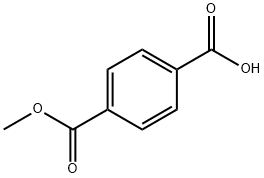

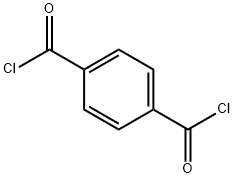
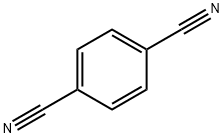
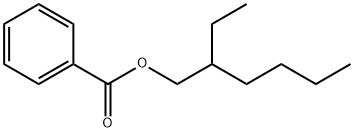

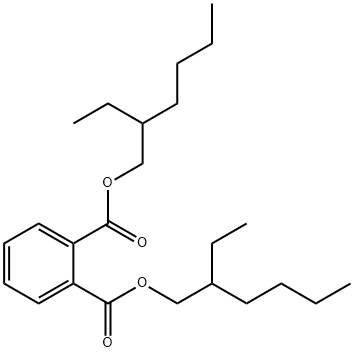

You may like
-
 6422-86-2 Dioctyl terephthalate 98%View Details
6422-86-2 Dioctyl terephthalate 98%View Details
6422-86-2 -
 Di-octyl TerePhthalate 99%View Details
Di-octyl TerePhthalate 99%View Details
6422-86-2 -
 Dioctyl terephthalate, 96% CAS 6422-86-2View Details
Dioctyl terephthalate, 96% CAS 6422-86-2View Details
6422-86-2 -
 Bis(2-ethylhexyl) terephthalate CAS 6422-86-2View Details
Bis(2-ethylhexyl) terephthalate CAS 6422-86-2View Details
6422-86-2 -
 Dioctyl terephthalate CAS 6422-86-2View Details
Dioctyl terephthalate CAS 6422-86-2View Details
6422-86-2 -
 Dioctyl Terephthalate Dotp / Bis(2-ethylhexyl)View Details
Dioctyl Terephthalate Dotp / Bis(2-ethylhexyl)View Details
6422-86-2 -
 Industrial Grade Di Octyl Tere Phthalate., 200 L Drum, 99%View Details
Industrial Grade Di Octyl Tere Phthalate., 200 L Drum, 99%View Details
6422-86-2 -
 Industrial Grade Dioctyl Terephthalate Chemical, 200 L Drum, Greater than 99%View Details
Industrial Grade Dioctyl Terephthalate Chemical, 200 L Drum, Greater than 99%View Details
6422-86-2
